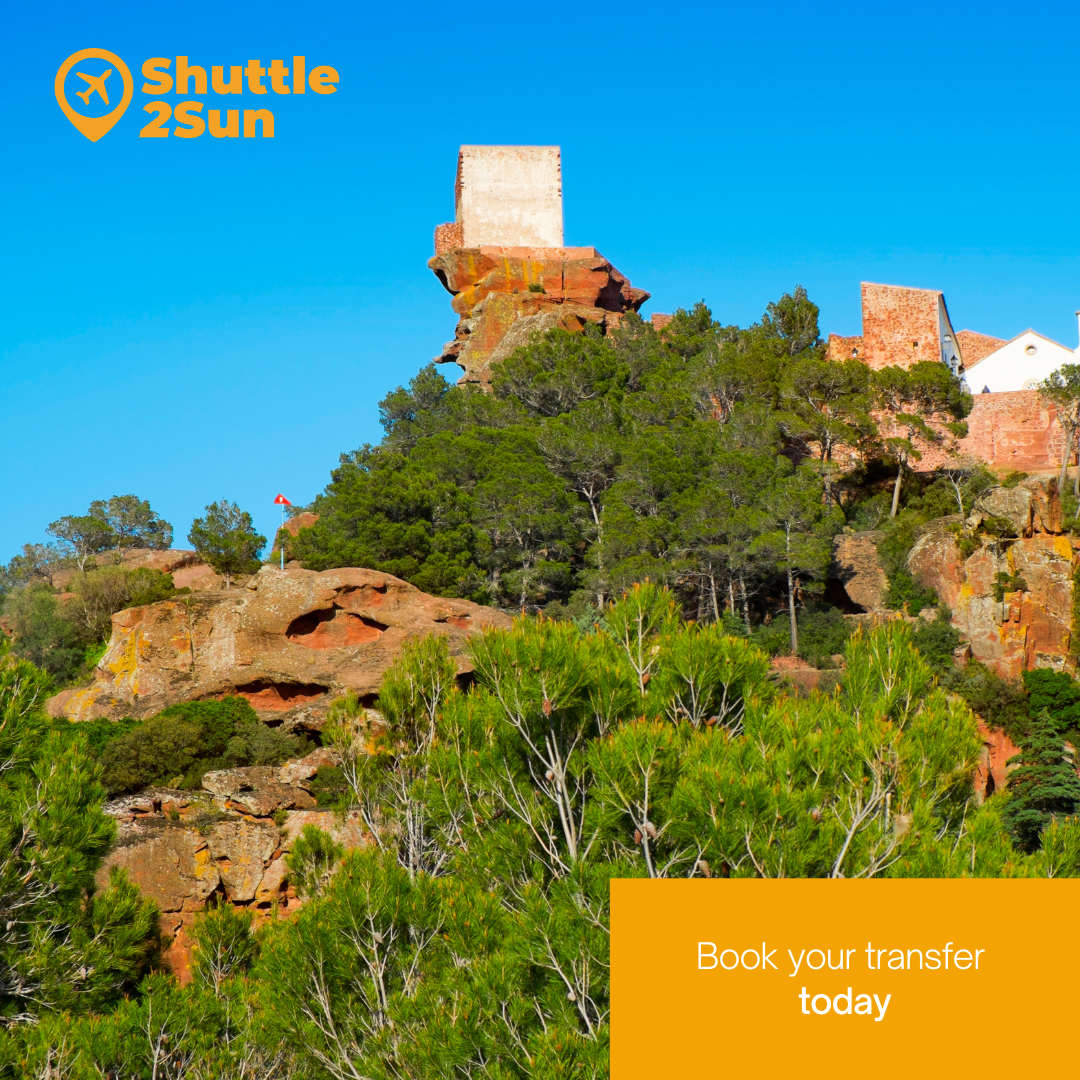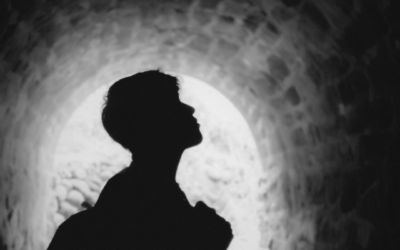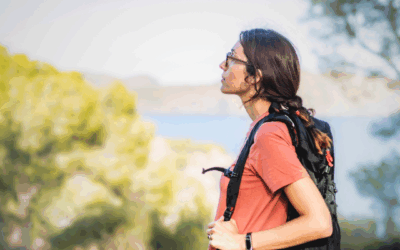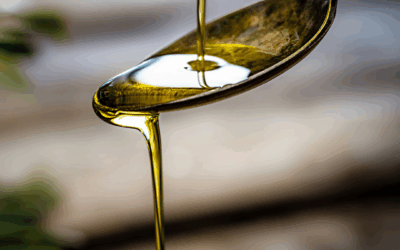Few places have had such a profound impact on an artist’s career as Mont-roig del Camp has had on the life and work of Joan Miró. This small municipality in the Baix Camp region, just a few kilometres from Costa Dorada towns such as Salou, Cambrils, La Pineda and Tarragona, was much more than a summer retreat: it became the spiritual and creative epicentre from which Miró redefined his artistic language. In the words of the painter himself, ‘tota la meva obra està concebuda a Mont-roig’ (all my work is conceived in Mont-roig).
Mont-roig was not only the setting for his early masterpieces, such as La masia, but also the place where he forged his symbolic universe. In this rural setting, far from the artistic circles of Paris or Barcelona, Miró found the freedom to experiment, observe, and reinterpret reality.
Today, Mont-roig del Camp remains a key place for understanding contemporary art from its most intimate roots. Travel to Costa Dorada area with the low-cost and sustainable shared transfer services and private transfer services offered by Shuttle2Sun from Barcelona Airport, Barcelona Port, Reus Airport, Girona Airport and Camp de Tarragona AVE train station.
Joan Miró and His Vital Link with Mont-roig del Camp
The life of Joan Miró (1893–1983) is deeply intertwined with Mont-roig del Camp, a rural enclave that played an essential role in his personal and artistic development. Although born in Barcelona, it was in Mont-roig that Miró found the balance and inspiration that would mark the beginning of his authentic artistic language.
His first visit took place in 1911, when, at just 18 years of age and convalescing from an illness, his family took him to Mas Miró, the summer residence located on the village’s outskirts. What began as a period of rest became a permanent connection with the area.
During the following years, Joan Miró would spend long periods in Mont-roig, dividing his time between Paris and retreats at Mas Miró. In this environment, far from the hustle and bustle of the city, he developed a deep sensitivity to the landscape, the rhythms of rural life and the simple forms of nature.
Works such as La masia (1921–1922) and Mont-roig, el poble (1919), painted from the town itself, represent the culmination of this relationship between artist and territory.
These paintings, which we will discuss in more detail below, reflect not only the physical geography of Mont-roig, but also its symbolic and spiritual dimension.

Throughout his life, Joan Miró never emotionally detached himself from Mont-roig. Although his career took him to Paris, New York and Palma de Mallorca, he always returned to Camp de Tarragona as one who returns to his roots. The phrase ‘Mont-roig és per a mi com una religió’ (Mont-roig is like a religion to me) clearly sums up the role that this land played in his career: a sacred place, where art and nature merge into one truth.
With Shuttle2Sun‘s low-cost and sustainable shared transfer services and private transfer services, you can reach your favourite destination on Costa Dorada from Barcelona Airport, Barcelona Port, Reus Airport, Girona Airport and Camp de Tarragona AVE train station.
El Mas Miró: the Rural Heart that Inspired La masia
El Mas Miró, located on the outskirts of Mont-roig del Camp, was not only the artist’s family summer residence, but also a creative refuge and a fundamental setting in the birth of Miró’s universe. The house, built in traditional Catalan style, is surrounded by orchards, farmland and whitewashed walls that were part of the young Miró’s everyday life.
The most eloquent example of this symbiosis between life and art is the famous painting La masia (1921–1922), one of the artist’s most detailed and emblematic compositions. In it, Miró depicts with meticulous precision the various elements that made up the Mas: the farmhouse, the majestic eucalyptus trees and the fields.

Among the spaces depicted, the chicken coop stands out, one of the corners that Miró used to observe with fascination. In La masia, chickens, rabbits, and other domestic animals are distributed throughout the painting as if they were characters with their own identity, reflecting his interest in the organic and the essential.
If you would like to see this magnificent enclave that inspired the artist in person, Mas Miró organises guided and dramatised tours.
Emblematic Paintings about Mont-roig del Camp
Joan Miró captured Mont-roig del Camp in several significant works, including Mont-roig, el poble (1916) and Mont-roig, l’església i el poble (1919).
In Mont-roig, el poble, the artist offers a view of the village from the Les Creus promontory, featuring elements such as the partially constructed church and the network of streets.
Three years later, Miró painted Mont-roig, l’església i el poble (1919-1920) from the perspective of the First Bridge.
These works are part of Miró’s so-called “detailed period”, in which the landscape of Mont roig becomes the mirror in which the artist begins to shape his particular dialogue between the real and the evocative.
More Views of Mont-roig del Camp by Miró
Among the artist’s most important works is the painting La platja de Mont-roig (1916), an early example of Joan Miró‘s interest in depicting the natural environment that surrounded him during his stays in Mont-roig del Camp, in this case, Pixerota beach. In this work, the artist captures the serenity of the Mediterranean coastline with a clear and luminous gaze.
Similarly, Mont-roig, Sant Ramon (1916-1917) focuses on the small chapel of Verge de la Roca, which crowns a hill near the village, an emblematic place for both the local inhabitants and Miró himself. The image, serene and balanced, highlights the whiteness of the building against a backdrop of immense sky and arid landscape.
Mont-roig del Camp was not only a refuge for Joan Miró, but also the foundational landscape of his creative universe; walking through its streets and visiting Mas Miró is, in short, to delve into the very roots of his art. Shuttle2Sun offers you its shared transfer services and private transfer services, which are low-cost and sustainable, to reach Costa Dorada from Barcelona Airport, Barcelona Port, Reus Airport, Girona Airport and the Camp de Tarragona AVE train station.



